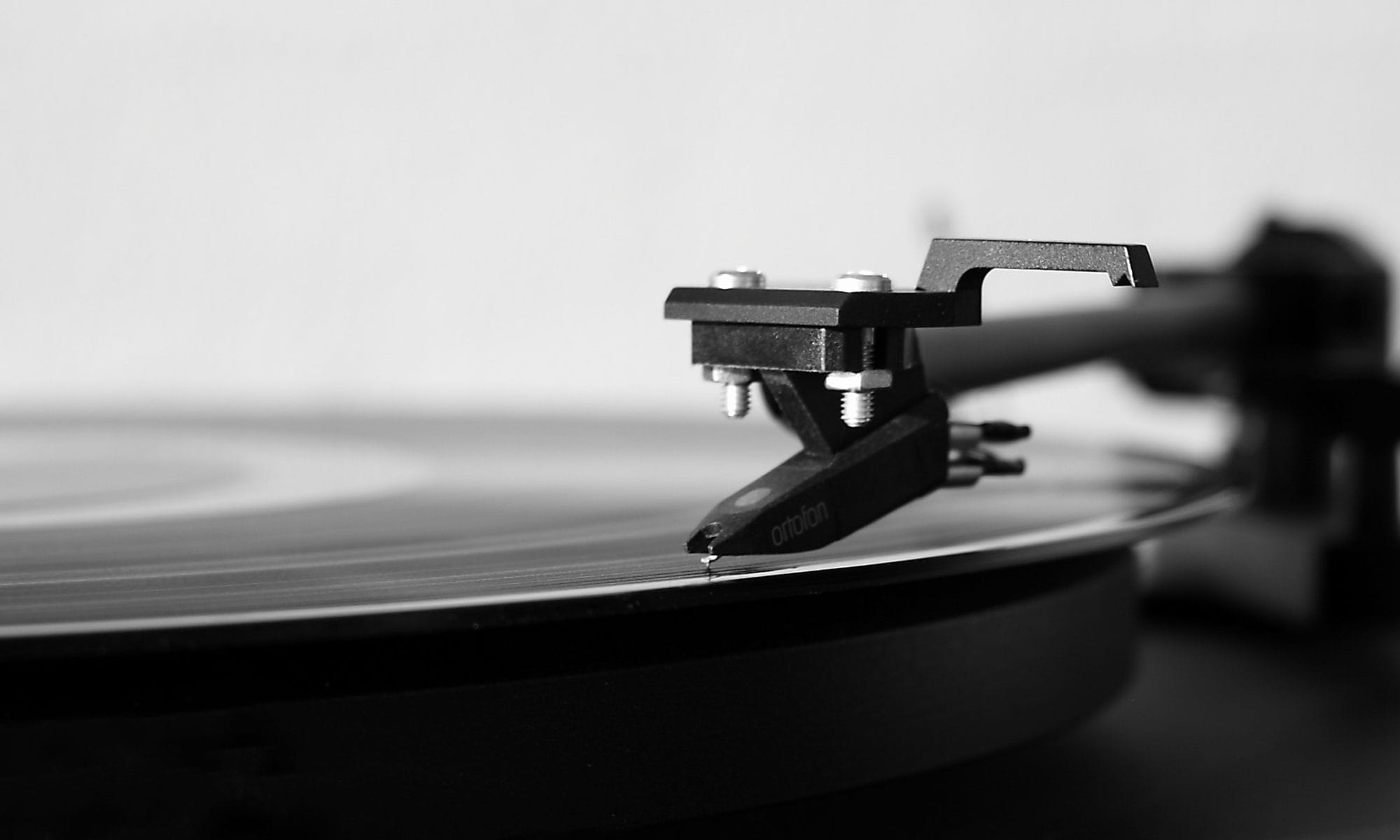A step by step guide on how to connect the preamp in a vintage integrated amplifier to an external amplifier, using photos taken from a Marantz 2270 receiver and Emotiva BASX A-100 amplifier.

Connecting an integrated receiver’s preamp to an amplifier only requires connecting a pair of RCA cables to the correct inputs (read further below for photos):
- Locate the Main In and Pre Out inputs with jumpers on the rear of the vintage receiver.
- Remove the jumpers from the inputs on the receiver and store them in a safe location.
- Plug RCA cables into the Pre Out input on the receiver with the red cable in the Right input and the white cable into the Left input.
- Next, look at the rear of the amplifier and locate the Input RCA inputs.
- Connect the RCA cables from the receiver to the Input RCA inputs on the rear of the amplifier.
- Power on the receiver first, then the amplifier and use the volume control on the receiver to adjust volume as needed.
My first vintage receiver purchase included a Marantz 2270. I used it for several years before noticing the sound dropping out on the left speaker. At first, I thought it might be the phono board which often needs repair, but the issue was constant on all inputs.
Marantz 22XX units have a history of failing amp boards and my unit was having the same issue. I decided it would be an interesting experiment to use the Marantz 2270 as a preamp only and hook it up to an Emotiva BASX A-100 amplifier.
This set up has been great to listen to and will suffice until I can rebuild the Marantz amp boards.
I recently had two friends have the same issue with their Marantz receivers so I thought it would be helpful to write an article explaining how to separate the preamp and amplifier in a vintage receiver.
The article below explains how to connect the receiver as a preamp to an amplifier. However, if you want to use your integrated receiver as an amplifier only and hook up a separate preamp, you can do so by connecting the RCA cables on your preamp out into the Main In inputs on the rear of your receiver.
But first, before I show you how to connect components, we need to first decide if your vintage receiver can have the preamp and amp isolated for separate use in your audio system.
How do I know if my vintage receiver can be used as a preamp?
First, it’s important to understand that an integrated amplifier simply means the receiver contains a preamp and an amplifier in one box. The volume control and input selection can be controlled on the receiver while it also powers speakers to output sound.
Not all vintage integrated receivers can be used as a preamp. In order to tell whether or not your receiver can be used as a preamp, turn the unit around and look for jumpers on the rear of the unit that connect the Main In and Pre Out inputs (see below photo for example). If you cannot locate these jumpers, the unit’s preamp and amplifier cannot be separated and therefore you cannot use the receiver only as a preamp.
Lower wattage vintage receivers do not usually have jumpers on the rear of the unit. It’s common to find these jumpers on larger wattage units like the Marantz 2230 and above or the Pioneer SX-980 and above.
Steps For Connecting a Vintage Receiver Preamp to an Amplifier With Photos:
1. Locate the Main In and Pre Out inputs with jumpers on the rear of the vintage receiver.
Vintage receivers that allow for separating the preamp from the amplifier will have metal jumpers on the rear. In the photo below, the previous owner made his own jumpers using RCA cables and glue.

2. Remove the jumpers from the inputs on the receiver and store them in a safe location.

3. Plug RCA cables into the Pre Out input on the receiver with the red cable in the Right input and the white cable into the Left input.

4. Next, look at the rear of the amplifier and locate the Input RCA inputs.

5. Connect the RCA cables from the receiver to the Input RCA inputs on the rear of the amplifier.

6. Power on the receiver (preamp) first, then the amplifier and use the volume control on the receiver to adjust volume as needed.
Always turn the preamp on first and turn the amplifier off first.
One last note, once you have connected your receiver to the amplifier, be sure to always turn the receiver on first (acting as the preamp), then turn the amplifier on.
When you are finished listening, always turn your amplifier off first and then off the receiver (preamp).
This will eliminate any nasty pops coming through your speakers.
Before you go…
Please sign up for our email list below. You will receive a 15% off coupon for shopping our Etsy Store where we sell shirts designed for vintage audio fans and gifts for the music lovers in your life.
Also, don’t forget to shop our Discogs Store to purchase used records, CDs and 45s!


